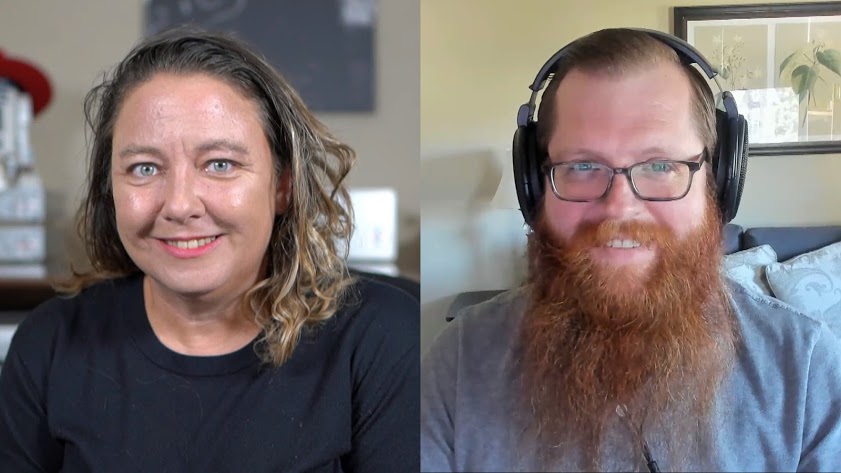 CLOUD
CLOUD
 CLOUD
CLOUD
 CLOUD
CLOUD
The release of Ansible 2.10 in September contained a number of enhancements for the Red Hat Inc. automation tool. In conjunction with the release, Red Hat also announced Certified Ansible Content Collections, a distribution format for Ansible content.
Developers can use collections to package and distribute roles, modules, plugins and playbooks. In other words, it is easier now to use Ansible automation tools without needing to come up with code from scratch every time they need to be invoked.
“Ansible 2.10 was really the first release where we’ve got it very easy for people to start using collections and getting familiar with what that brings to them,” said Robyn Bergeron (pictured, left), senior principal community architect, Ansible, at Red Hat. “It is stuff that is baked for you, or that maybe somebody inside your organization baked, but they only have to bake it once. They don’t have to bake it in 25 silos over and over again.”
Bergeron spoke with John Furrier, host of theCUBE, SiliconANGLE Media’s livestreaming studio, during AnsibleFest 2020. She was joined by Matt Jones (pictured, right), senior principal software engineer, Ansible, at Red Hat, and they discussed Ansible’s recent integration with Kubernetes, work-in-process to leverage execution environments for handling dependencies, and the power of open-source collaboration. (* Disclosure below.)
In addition to Ansible’s enhancements for collections, Red Hat is tying the automation tool to Kubernetes cluster management. The integration of the Ansible Automation Platform with Advanced Cluster Management will simplify the number of tools needed.
“The goal here is to bring content and flexibility of that content into the platform for you,” Jones said. “We want that experience for automation to feel the same whether you’re automating at the edge, in devices and virtual machines and datacenters, as well as Kubernetes clusters anywhere in the world. This is a huge focus for us.”
Containers may soon play an even larger role for Ansible users. Dependencies such as Python, a programming language that supports modules and packages, can currently be installed in virtual environments, such as Ansible Tower ,which could cause problems, according to Jones.
The Red Hat Ansible team is in the process of addressing this issue by creating new capabilities for execution environments.
“We’re in the middle of building this right now,” Jones said. “Execution environments take those dependencies, the unit that is the environment that you need to run your automation in, and we’re going to containerize it. We’re going to build more easily isolated, easy-to-use distinct units of environments that will let you run your automation.”
Before becoming a key player in the Ansible ecosystem, Bergeron was the project leader for Fedora, a Linux distribution developed out of the open-source community. That experience provided her with a deep appreciation for the value of collaboration around key tools, such as Ansible.
“We all know you can do a bunch of stuff, but you can do a lot more together,” Bergeron said. “This is a further recognition of what we see as just a natural extension of open source. If you can have better collaboration than other folks, that is one of those points that will get you ahead in your digital transformation curve.”
Watch the complete video interview below, and be sure to check out more of SiliconANGLE’s and theCUBE’s coverage of AnsibleFest 2020. (* Disclosure: TheCUBE is a paid media partner for AnsibleFest 2020. Neither Red Hat Inc., the sponsor for theCUBE’s event coverage, nor other sponsors have editorial control over content on theCUBE or SiliconANGLE.)
THANK YOU